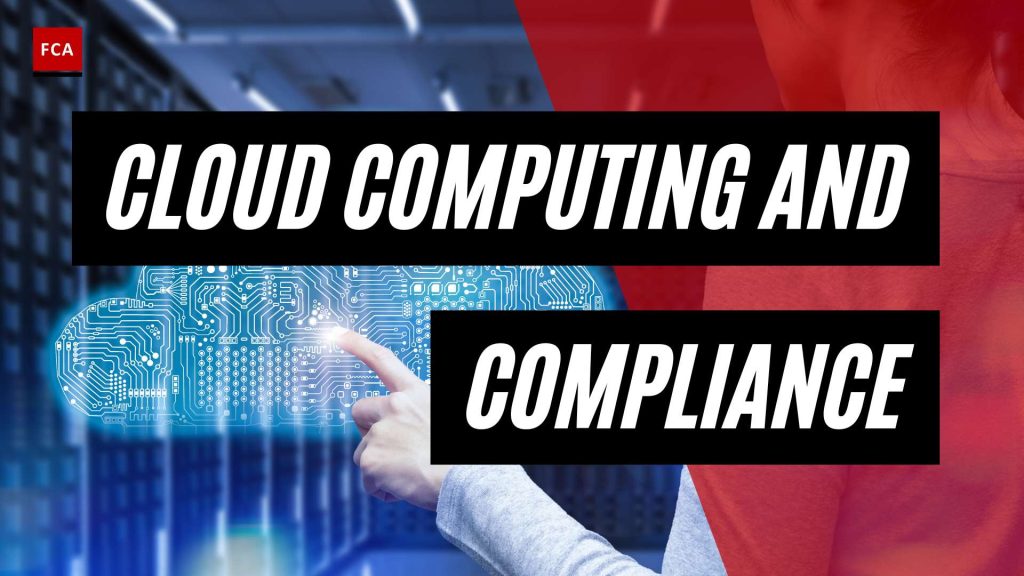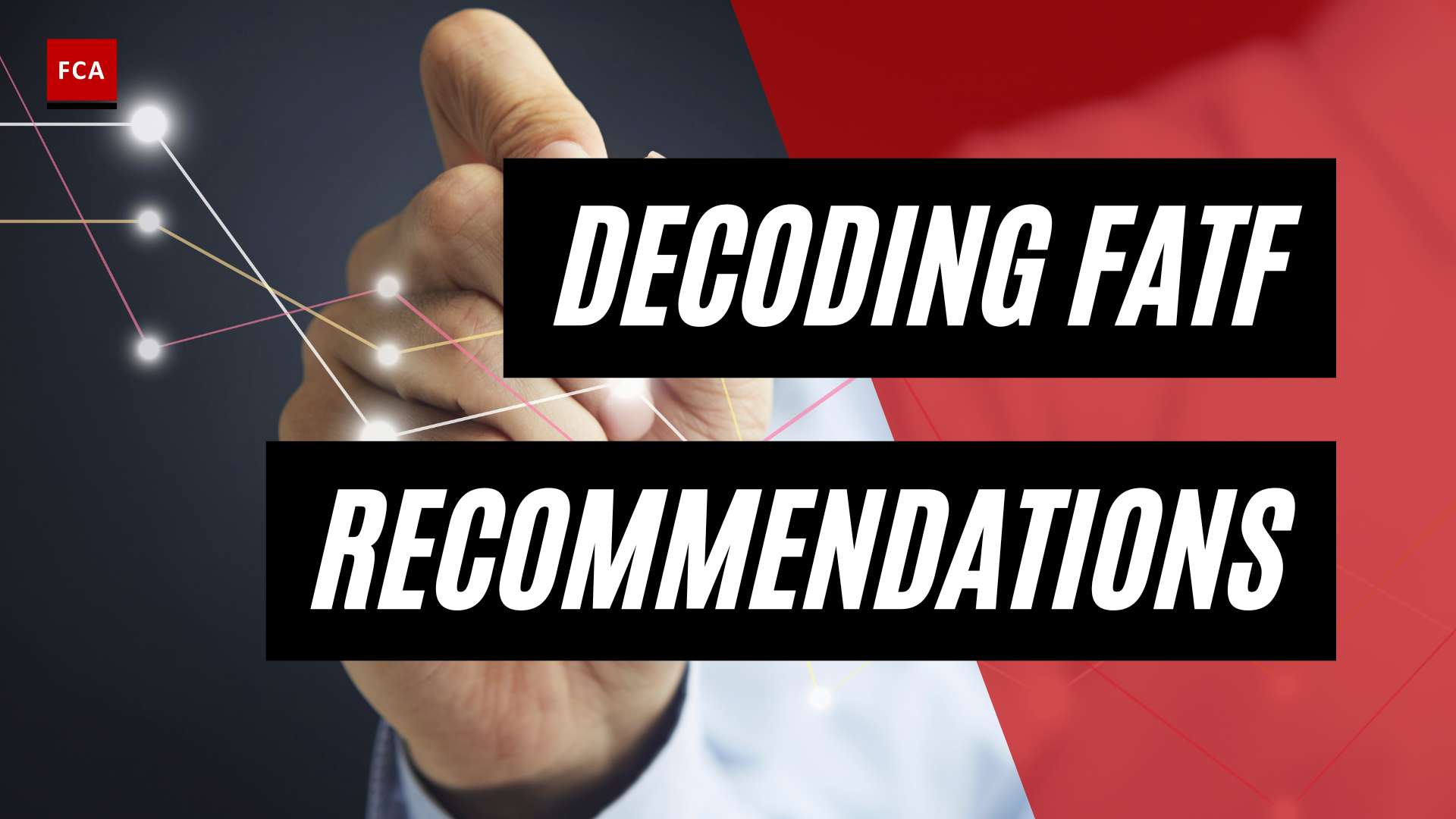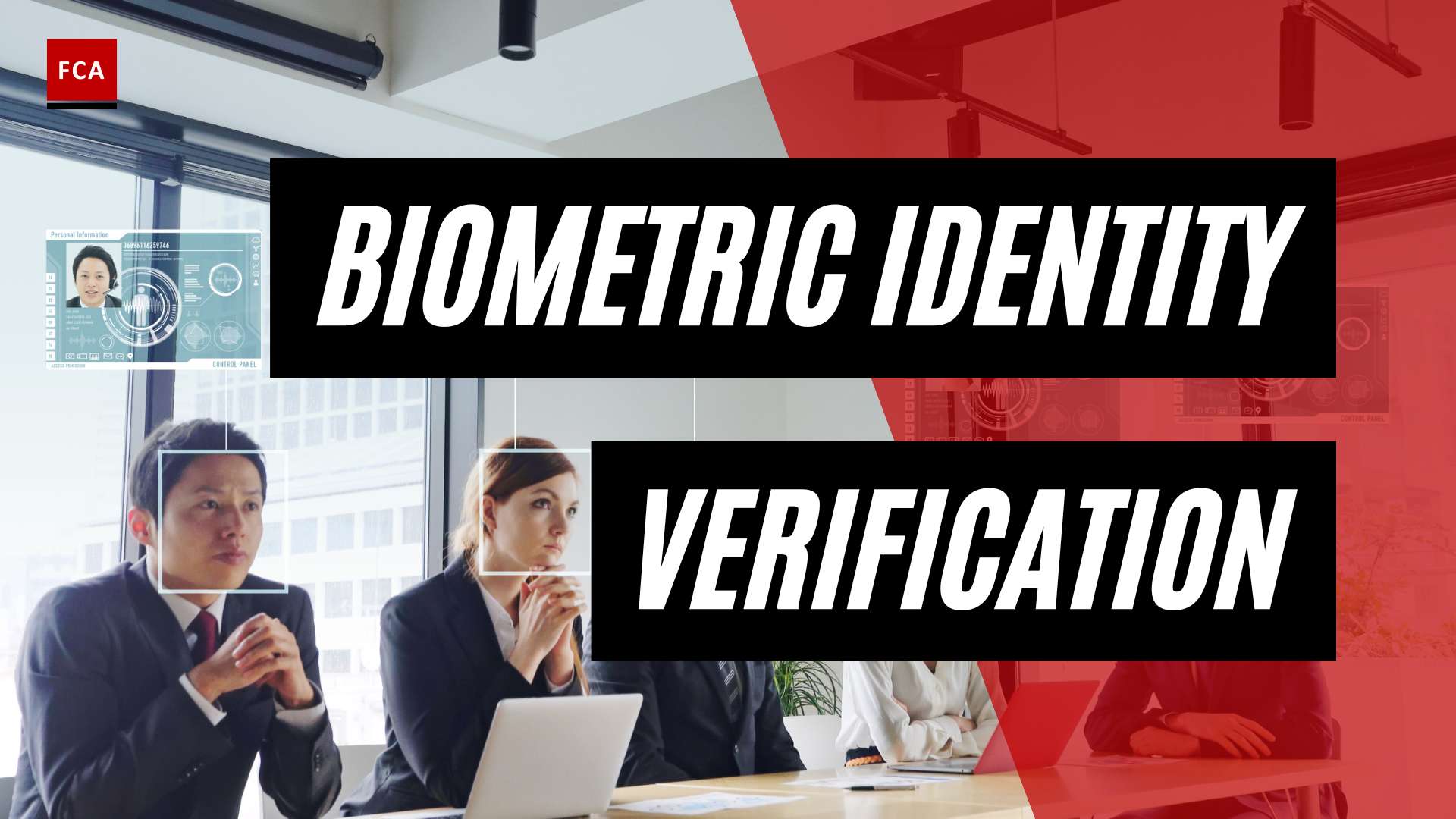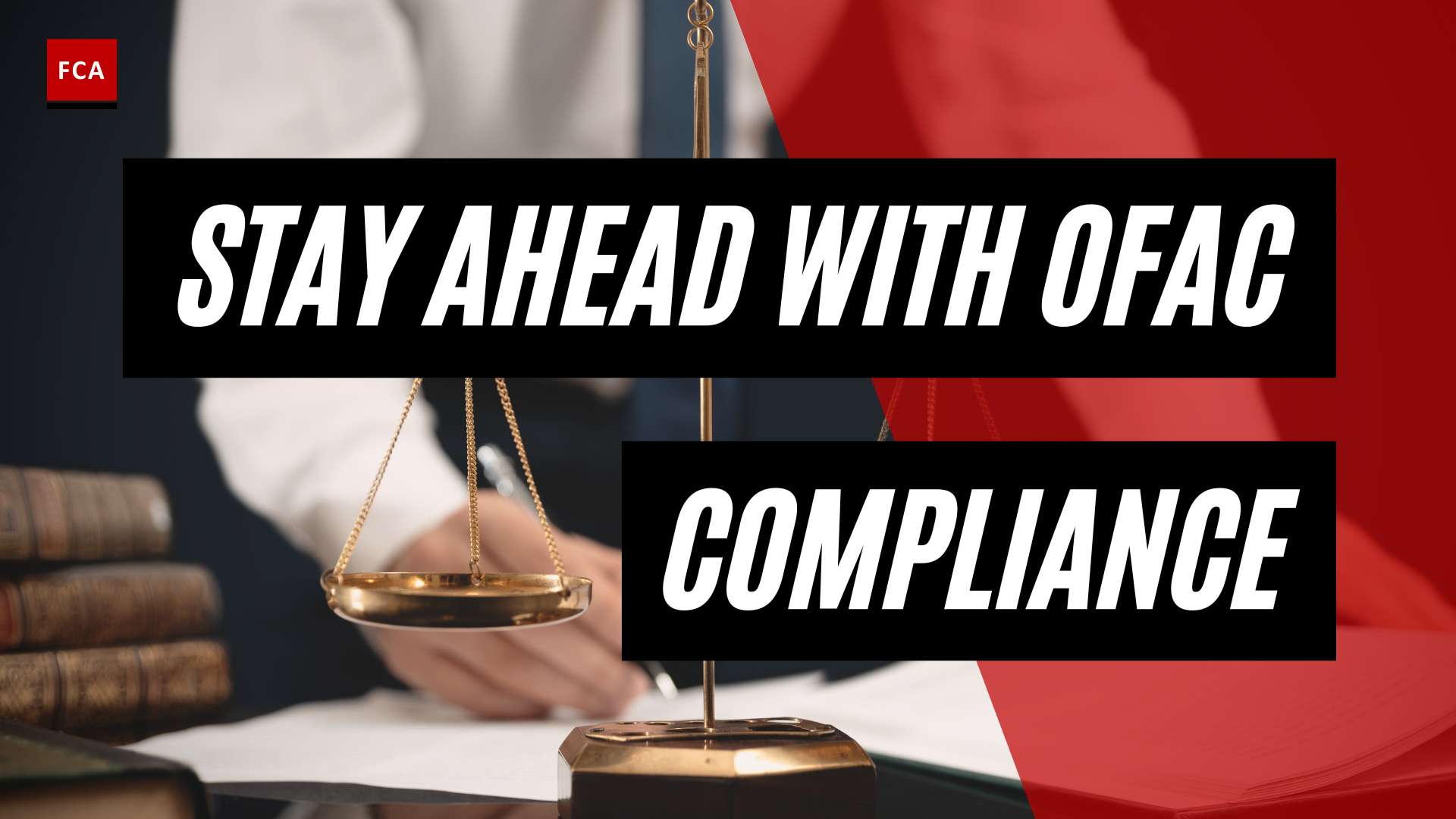Cloud Computing and Regulatory Compliance
Cloud computing has become an integral part of many industries, including those with regulatory compliance requirements such as anti-money laundering (AML). Understanding the challenges and regulatory frameworks associated with cloud compliance is essential for professionals working in compliance, risk management, anti-money laundering, and anti-financial crime.
Understanding Cloud Compliance Challenges
Cloud compliance poses unique challenges that organizations must navigate to ensure they meet regulatory requirements. Some of these challenges include:
-
Shared Responsibility Model: In cloud computing, there is a shared responsibility model between cloud providers and users. While the cloud provider is responsible for securing the underlying infrastructure, users have the responsibility to secure their applications, data, and configurations. This shared responsibility can sometimes lead to confusion if not properly understood and managed.
-
Certifications and Attestations: Compliance with industry-specific regulations often requires certifications and attestations. Cloud providers must obtain and maintain these certifications to demonstrate their commitment to security and compliance. However, organizations using cloud services also need to ensure that their chosen cloud provider has the necessary certifications and attestations relevant to their industry and compliance requirements.
-
Data Residency Restrictions: Some regulations, such as the General Data Protection Regulation (GDPR) in Europe, require that personal data remain within specific geographic boundaries. It is essential for organizations to understand the data residency requirements of their compliance obligations and ensure their cloud provider can meet these requirements.
-
Managing Cloud Complexity: Cloud environments can be complex, with multiple services, data centers, and regions. Organizations must have robust processes and controls in place to effectively manage and monitor their cloud infrastructure. This includes maintaining visibility of cloud assets, managing access controls, and ensuring proper configuration management.
Key Regulatory Frameworks for Cloud Compliance
Several regulatory frameworks play a crucial role in guiding cloud compliance efforts. These frameworks provide guidelines, best practices, and standards that organizations can follow to ensure compliance in the cloud. Here are some key regulatory frameworks for cloud compliance:
-
General Data Protection Regulation (GDPR): GDPR is a European legislation that unifies and strengthens data protection laws, applying to any organization worldwide that stores or processes personal data about European Economic Area (EEA) residents. Non-compliance with GDPR can result in substantial fines (CrowdStrike).
-
Federal Risk and Authorization Management Program (FedRAMP): FedRAMP is a U.S. government program that provides a standardized approach to security assessment, authorization, and continuous monitoring for cloud products and services. It ensures that cloud providers meet the security requirements of federal agencies.
-
ISO 27000 Series: The ISO 27000 series offers best practices for information security management systems. These standards provide guidance for organizations to implement and maintain effective security controls, including those related to cloud computing. While compliance with ISO standards is voluntary, certification can enhance trust, reduce risks, and aid in complying with mandatory data protection regulations (CrowdStrike).
-
Payment Card Industry Data Security Standard (PCI DSS): PCI DSS mandates requirements for organizations that accept or process card payments. Implementing these standards in the cloud environment requires specialized solutions, such as cloud firewalls designed for dynamic and scalable cloud infrastructure protection (CrowdStrike).
Understanding and adhering to these regulatory frameworks is crucial for organizations using cloud computing services. It helps to ensure that the necessary security controls and compliance measures are in place, mitigating the risks associated with cloud-based operations.
In the next sections, we will explore compliance considerations, achieving cloud compliance, best practices, and overcoming challenges in cloud compliance. Stay tuned to learn more about how cloud computing can effectively support regulatory compliance efforts in the AML domain.
Compliance Considerations in Cloud Computing
When it comes to regulatory compliance in the realm of cloud computing, there are specific considerations that organizations must address. These considerations include understanding the shared responsibility model in cloud compliance and ensuring compliance with data protection and privacy regulations.
Shared Responsibility Model in Cloud Compliance
Cloud compliance involves a shared responsibility model between cloud service providers (CSPs) and their customers. Under this model, the CSP is responsible for securing the underlying infrastructure, while the customer is responsible for securing their data and applications (Aqua Security). This model can pose unique challenges, as responsibilities may be divided between the two parties.
Understanding the shared responsibility model is crucial for organizations to effectively manage regulatory compliance in a cloud environment. It is essential to clearly delineate and understand the specific compliance obligations and responsibilities of both the CSP and the customer. This ensures that all necessary security controls and measures are implemented to meet regulatory requirements.
Data Protection and Privacy Regulations
Compliance with data protection and privacy regulations is a critical aspect of cloud computing. Regulations such as the General Data Protection Regulation (GDPR), Health Insurance Portability and Accountability Act (HIPAA), and Payment Card Industry Data Security Standard (PCI DSS) have specific requirements that organizations using cloud services must adhere to. Failure to comply with these regulations can result in severe financial penalties and reputational damage.
Data residency restrictions may also come into play, requiring organizations to store and process data in specific geographic regions to meet regulatory requirements. It is crucial for organizations to understand the data protection and privacy regulations applicable to their industry and ensure that their chosen cloud service provider offers the necessary compliance capabilities.
To ensure compliance, organizations should work closely with their cloud service provider to understand the security measures and certifications they have in place. This includes assessing the provider’s compliance with relevant regulatory frameworks and ensuring that appropriate data protection and privacy safeguards are implemented.
By considering the shared responsibility model and complying with data protection and privacy regulations, organizations can navigate the complexities of cloud compliance and meet their regulatory obligations. It is important to continually assess and monitor compliance efforts to adapt to evolving regulatory requirements and maintain a strong security posture in the cloud environment.
Achieving Cloud Compliance
Ensuring regulatory compliance in the cloud is a critical aspect of risk management for organizations. When it comes to cloud computing and regulatory compliance, there are key steps to consider, such as selecting a cloud provider with compliance capabilities and auditing and assessing cloud providers.
Selecting a Cloud Provider with Compliance Capabilities
Choosing the right cloud provider is essential to meeting regulatory requirements and maintaining compliance. Cloud providers offer compliance solutions that assist organizations in meeting regulatory requirements, including data encryption, access controls, and security monitoring tools.
To ensure compliance, organizations should carefully assess the compliance capabilities of potential cloud providers. It is crucial to review the vendor’s Service Level Agreements (SLAs) and contracts to ensure they address regulatory requirements and provide for ongoing oversight of the cloud services being provided. Look for cloud providers that have undergone third-party audits and certifications, such as SOC 2 and ISO 27001, which demonstrate their commitment to compliance.
When selecting a cloud provider, compliance officers need to assess whether the provider has the necessary controls in place to adhere to regulations specific to their industry, such as SEC recordkeeping rules, cyber security requirements, and the Gramm-Leach-Bliley Act. By partnering with a cloud provider that has a strong track record in compliance and security, organizations can mitigate risks and ensure the protection of sensitive data.
Auditing and Assessing Cloud Providers
Once a cloud provider has been selected, it is crucial to conduct regular audits and assessments to ensure ongoing compliance. Compliance professionals should work closely with their firm’s legal and technology teams to review, negotiate, and understand contracts with cloud vendors to ensure regulatory compliance and mitigate risks associated with cloud computing services.
Regularly assessing a cloud provider’s compliance measures, security controls, and data protection mechanisms is essential. This can be done through independent audits or assessments conducted by third-party firms specializing in cloud compliance. These audits provide assurance that the cloud provider continues to meet industry regulations and maintain a robust compliance posture.
By regularly auditing and assessing the cloud provider, organizations can proactively identify any compliance gaps or vulnerabilities and take appropriate measures to address them. This ongoing oversight helps ensure that the cloud provider remains in compliance with regulatory requirements and provides a secure environment for sensitive data.
Achieving cloud compliance requires a collaborative effort between compliance professionals, legal teams, and technology experts. By selecting a cloud provider with strong compliance capabilities and conducting regular audits and assessments, organizations can confidently leverage cloud computing while meeting the necessary regulatory requirements.
Best Practices for Cloud Compliance
Ensuring regulatory compliance in the cloud requires organizations to implement robust security measures and follow best practices. In this section, we will explore two essential best practices for cloud compliance: data security and encryption in the cloud, and continuous monitoring and auditing.
Data Security and Encryption in the Cloud
Maintaining data security in the cloud is paramount for regulatory compliance. Cloud providers offer various security measures, but organizations must also take responsibility for protecting their data (Arbour Group). Here are some best practices for data security and encryption in the cloud:
-
Data Classification and Access Controls: Classify your data based on its sensitivity and implement access controls to ensure that only authorized individuals can access and modify it. This includes implementing strong authentication mechanisms, such as multi-factor authentication, and role-based access controls.
-
Encryption: Encrypting data both at rest and in transit is crucial for protecting sensitive information. Utilize encryption techniques, such as Transport Layer Security (TLS) for data in transit and encryption keys for data at rest. Encryption helps safeguard data even if unauthorized individuals gain access to it.
-
Data Loss Prevention (DLP): Implement DLP measures to prevent the unauthorized disclosure of sensitive data. DLP solutions can monitor and control data transfers, identify policy violations, and protect against data exfiltration.
-
Regular Data Backups: Regularly back up your data to ensure that it is protected against accidental deletion, data corruption, or other unforeseen events. Cloud providers often offer built-in backup solutions, but organizations should also have their own backup strategies in place.
Continuous Monitoring and Auditing
Continuous monitoring and auditing are essential components of cloud compliance. By regularly monitoring and auditing cloud environments, organizations can promptly identify and address any compliance gaps or security vulnerabilities. Here are best practices for continuous monitoring and auditing:
-
Automated Monitoring Tools: Utilize automated monitoring tools to track and analyze activities within your cloud environment. These tools can detect and alert you to any unauthorized access attempts, unusual behavior, or potential security incidents.
-
Regular Security Audits: Conduct regular security audits to assess the effectiveness of your cloud security controls and ensure compliance with regulatory requirements. Third-party audits can provide an unbiased assessment of your compliance status and help identify areas for improvement.
-
Proactive Incident Response: Develop a well-defined incident response plan that outlines the steps to be taken in the event of a security incident. Regularly test and update this plan to ensure its effectiveness and alignment with evolving threats and compliance requirements.
-
Security Information and Event Management (SIEM): Implement SIEM solutions to centralize and analyze security event logs from various cloud and on-premises systems. SIEM can help detect and investigate security incidents, track compliance-related events, and generate reports for auditing purposes.
By following these best practices for data security and encryption, as well as continuous monitoring and auditing, organizations can strengthen their cloud compliance posture and mitigate the risks associated with non-compliance. It is important to regularly review and update these practices to adapt to changing regulatory requirements and emerging security threats.
Overcoming Challenges in Cloud Compliance
Ensuring regulatory compliance in the cloud poses unique challenges that organizations need to address. Two key challenges include cloud application integration and risk monitoring with proactive compliance programs.
Cloud Application Integration
Integrating cloud applications into existing compliance frameworks can be complex. Organizations must ensure that cloud-based solutions align with regulatory requirements and internal policies. A crucial aspect of successful integration is the ability to securely transfer and store sensitive data in the cloud without compromising its confidentiality and integrity.
To overcome these challenges, organizations should consider implementing cloud-based AML solutions. These solutions provide a streamlined approach to compliance by leveraging cloud computing capabilities. By utilizing cloud-based AML data analytics (cloud-based AML data analytics), organizations can enhance their ability to detect and prevent financial crimes while maintaining compliance.
Risk Monitoring and Proactive Compliance Programs
Continuous monitoring and auditing are essential components of compliance programs in regulated environments. Third-party audits are recommended to accurately assess compliance status. To address the challenges within heavily regulated industries, advancements in technology such as artificial intelligence (AI) and machine learning (ML) are being utilized as risk monitoring tools. The integration of AI with monitoring systems enables organizations to establish proactive compliance programs that address compliance challenges in real-time.
To overcome these challenges, organizations should explore cloud computing solutions that offer cloud-based transaction monitoring for AML (cloud-based transaction monitoring for AML). These solutions leverage the power of cloud infrastructure to analyze large volumes of data and detect suspicious activities more efficiently. By adopting such solutions, organizations can enhance their risk monitoring capabilities and proactively identify and address compliance issues.
In addition, organizations should consider implementing cloud security platforms. By redefining trust and conducting continuous risk assessments, organizations can secure their digital transformation initiatives and comply with regulations.
By addressing the challenges of cloud application integration and implementing proactive compliance programs with effective risk monitoring, organizations can navigate the complexities of cloud compliance and ensure regulatory requirements are met while leveraging the benefits of cloud computing.
Cloud Security Solutions for Compliance
In the realm of regulatory compliance, cloud computing plays a vital role in providing secure and compliant environments for organizations. Cloud security solutions are designed to address the unique challenges associated with regulatory compliance in the cloud. Two key cloud security solutions for compliance are integrated cloud security platforms and managed detection and response (MDR) services.
Integrated Cloud Security Platforms
An integrated cloud security platform combines various security capabilities into a single solution, enhancing visibility and control in cloud environments (Trend Micro). These platforms offer a comprehensive set of tools and features to assist organizations in meeting regulatory requirements while protecting their data and systems.
Key features of integrated cloud security platforms include:
- Cloud Asset Discovery: Automated discovery of cloud resources and assets to ensure full visibility and control over the cloud infrastructure.
- Vulnerability Prioritization: Identification and prioritization of vulnerabilities within the cloud environment to enable effective risk management and remediation.
- Cloud Security Posture Management: Continuous monitoring and assessment of the security posture of cloud resources to identify misconfigurations and compliance gaps.
- Attack Surface Management: Proactive identification and management of potential entry points for cyber threats in the cloud environment.
By leveraging an integrated cloud security platform, organizations can streamline their compliance efforts, enhance their security posture, and meet regulatory obligations more effectively.
Managed Detection and Response (MDR) Services
Managed Detection and Response (MDR) services provide organizations with continuous monitoring and response capabilities to detect and mitigate security incidents in real-time. These services employ advanced threat detection technologies and expert security analysts to monitor cloud environments and identify suspicious activities or potential threats.
Key features of MDR services for cloud security compliance include:
- Real-time Monitoring: Continuous monitoring of cloud environments to identify security incidents and potential compliance violations.
- Threat Detection and Response: Rapid identification and response to security threats, ensuring timely mitigation and minimizing the impact on compliance.
- Incident Investigation and Remediation: In-depth analysis of security incidents, investigation of root causes, and implementation of appropriate remediation measures.
- Compliance Reporting: Generation of comprehensive compliance reports, providing organizations with the necessary documentation to demonstrate adherence to regulatory requirements.
With MDR services, organizations can benefit from round-the-clock security monitoring and expert guidance, enabling them to maintain compliance and promptly respond to security incidents.
By utilizing integrated cloud security platforms and MDR services, organizations can enhance their compliance posture in the cloud. These solutions offer the necessary tools, technologies, and expertise to address the unique challenges of cloud compliance and ensure ongoing data security. It is important for organizations to partner with reputable cloud security providers that offer these solutions, enabling them to effectively navigate the complexities of regulatory compliance in the cloud.








